The Glass Menagerie

Ensemble Theatre’s The Glass Menagerie offers a faithful but thrilling production of Tennessee Williams’s classic play. This iteration of Williams’s ‘memory play’ retains the historical and geographical settings in which the show was first performed (1944) and it does so with attentive fidelity to its language and cadence. The characters are placed firmly in the 1930s, in St Louis. They live in genteel poverty, trapped in myriad constraints – economic, social, and emotional. While Guernica burns, as the present-day narrator Tom Wingfield (Danny Ball) explains to the audience, he works dull days in a shoe warehouse to support his delusional mother and feeble sister.
Tom craves adventure, he tells us. His mother, Amanda (Blazey Best), seeks respectability. An ageing southern belle, she longs for her lost past and urges her children to be ‘normal’. Jim’s timid sister, Laura (Bridie McKim), is tentative, incapable of deploying the coquettish manners that her mother understands to be a register of the ‘normality’ she seeks. Tom, Amanda, and Laura seem hopelessly stuck in each other’s orbits, living in an intimacy that seems to stifle rather than to nurture. At Amanda’s urging, Tom introduces his fellow worker Jim (Tom Rodgers) as a ‘gentleman caller’ for Laura. Tom’s easy charm and blithe qualities unmask the strangeness of the Wingfield household. He punctures its claustrophobic mood with levity. But he makes a hasty departure when he, too, becomes caught in the fraught ambience afforded by the family’s attempt at hospitality. Tom is evidently too normal to cope with Amanda’s aspirationally ‘normal’ family.
The Ensemble Theatre’s production of The Glass Menagerie carries off the delicate high-wire act of toggling between the play’s overlapping modes of grim reality and dreaminess. This production presents the emotional struggles and economic privations of the family in a realist mode, with hints of the kitchen sink. Grace Deacon’s set and costumes accord, artfully, with the desperately sad ordinariness of the Wingfields’ torpor and grief. As a memory play, the production also carries a sense of unreality, conveyed by its expressionistic lighting design and soundtrack. Verity Hampson, the lighting designer, makes great use of shadows to stalk the putative reality on stage. The sound design also, by Maria Alfonsine and Damian de Boos-Smith, enables the welcome intrusion of music that produces an artificial, cinematic quality. The simple domestic tableau of the household is made uncanny with the use of these effects. Text, gesture, light, and sound work seamlessly in this production, enabling a coherence that is a testament to the quality of Liesel Badorrek’s direction.
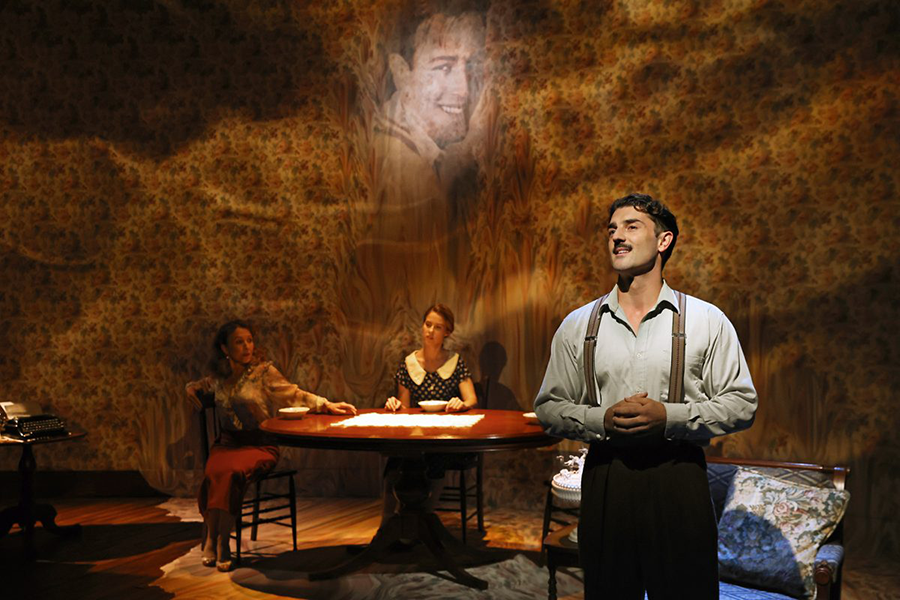 The Glass Menagerie (photograph by Prudence Upton)
The Glass Menagerie (photograph by Prudence Upton)
The production is ably performed by the four actors. Best conveys Amanda’s delusional qualities by deploying a flamboyant gestural range, and inserts a subtle but telling hint of hysteria into her speech. She ably exacts the humour from Amanda’s fantastical recollections of her fragrant youth when she was sought by myriad suitors in perfect weather in a perfect past.
Danny Ball gives a visceral performance as Tom, alternately antsy in desire or trudging in despair. Ball’s movements enables us to grasp Tom’s urgent need for escape, while also embodying the corporeal and mental burden he carries as the provider. Tom Rodgers, as Jim, bounds into the second act and temporarily adds much-needed levity and charm to the stifling space of the Wingfields. Rodgers’ Jim is a delight. In a subtle performance, he manages to present a youthful brashness that is never callow and is without guile. Jim looks like a movie star, and he knows it. He also realises that he is a small-time man who will be happy with average spoils, conventional success, and the joys of domestic intimacies. Rodgers provides a glimpse of Jim’s interiority under the carapace of the character’s all-American ease.
Finally, I want to make special mention of Bridie McKim as Laura. McKim offers a highly disciplined and extremely moving depiction of a young woman in fear of the world and yet nurtured by her furtive imagination and fascination with the minutiae of things and animals. McKim conveys Laura interior riches with the smallest shifts in expression, and with her eyes that watered, but never wept, in moments of distress. Laura is a dreamy character, otherworldly in her detachment and her refusal of the world. McKim makes dreaminess real on the stage. She anchors the production with her gravity but also lets it fly in her fluidity and confidence. I’ve noticed McKim previously on the ABC television program The Heights, in which she was excellent. This performance takes her to a new level of achievement. I hope to see her perform on many stages in many roles in the future.
The Glass Menagerie continues at Ensemble Theatre until 26 April 2025. Performance attended March 26.
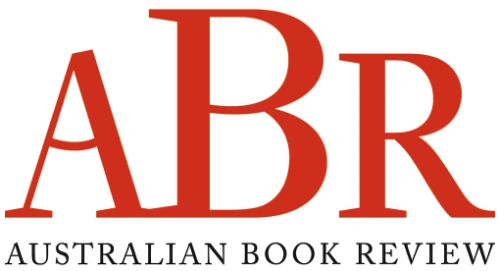

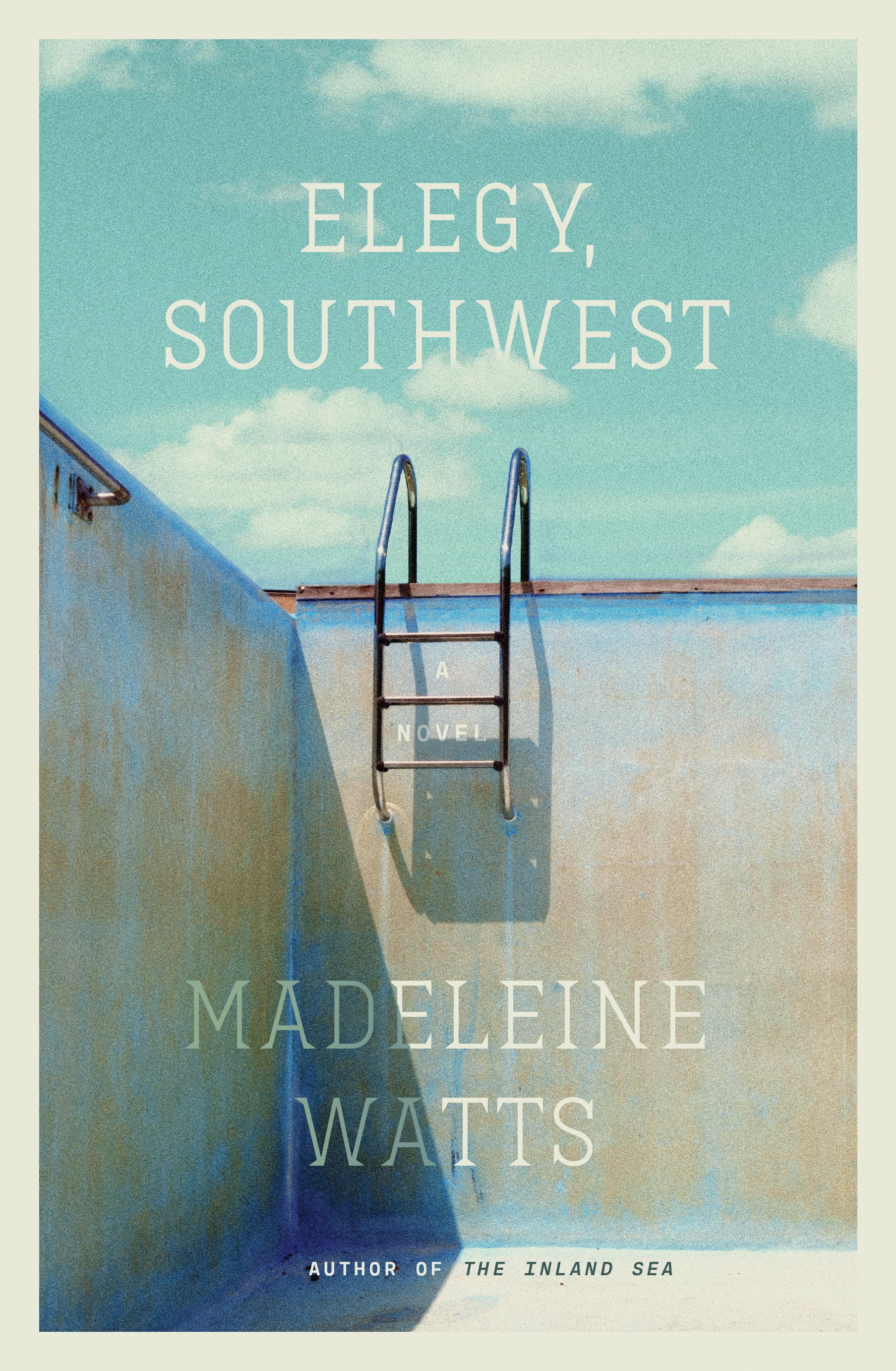
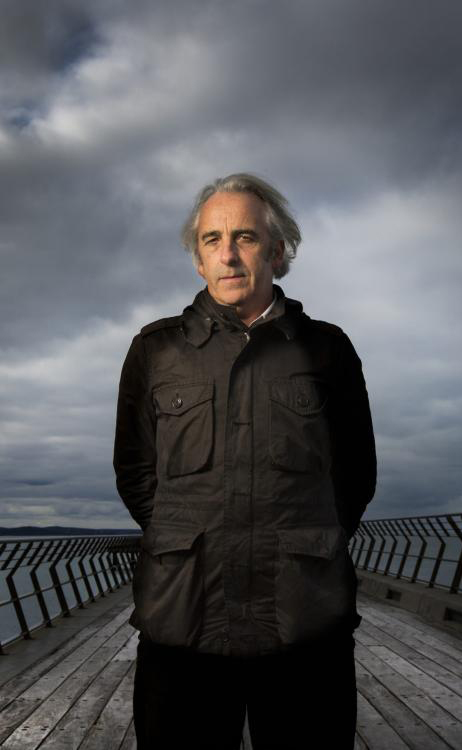
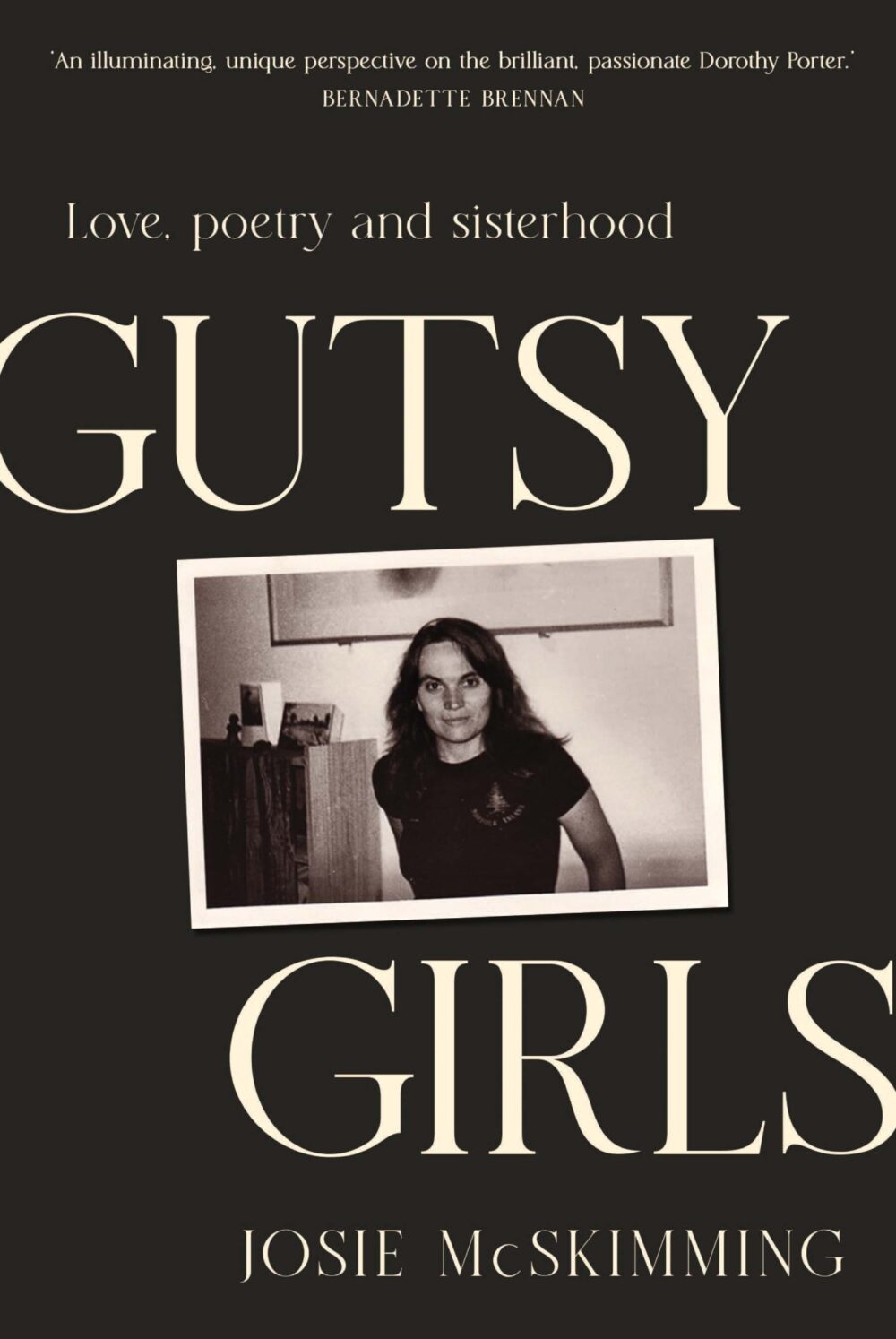
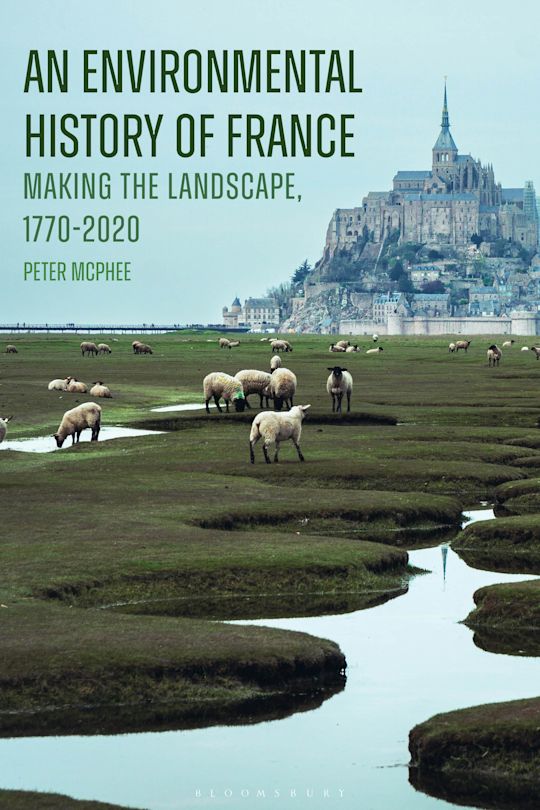
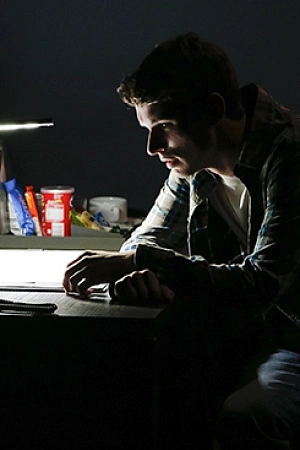

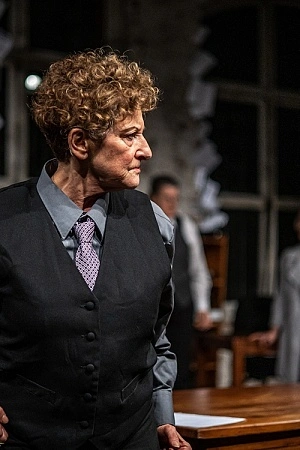
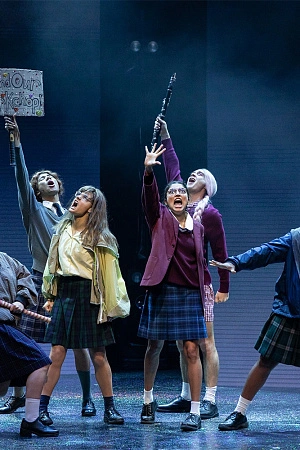
Leave a comment
If you are an ABR subscriber, you will need to sign in to post a comment.
If you have forgotten your sign in details, or if you receive an error message when trying to submit your comment, please email your comment (and the name of the article to which it relates) to ABR Comments. We will review your comment and, subject to approval, we will post it under your name.
Please note that all comments must be approved by ABR and comply with our Terms & Conditions.